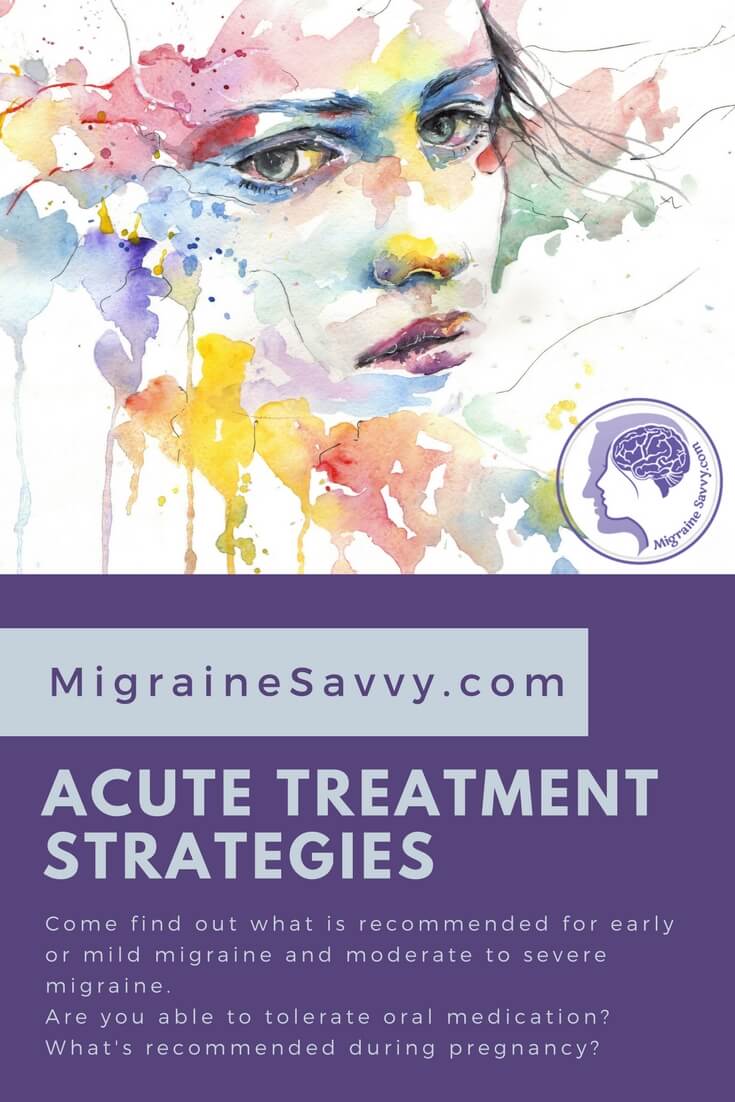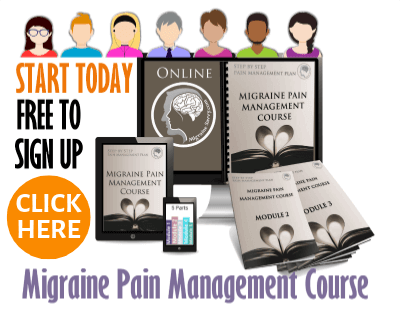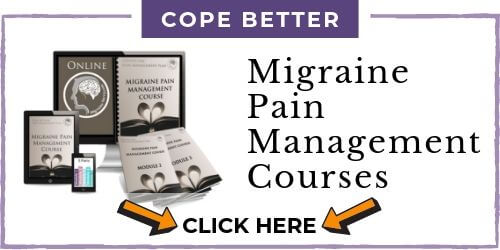- Home
- Medications
- Drugs for Migraines
COMPLETE MAGNESIUM SUPPORT
My Top Choice - Magnesium Breakthrough - The ONLY supplement with all 7 essential magnesium types in one formula. Most only have 1-2 types, leaving you deficient.
Drugs for Migraines: Acute Treatment Strategies
I wish I could send every single migraineur this page of drugs for migraines listing the possible acute treatment combinations.
The NSW Therapeutic Assessment Group has provided a fantastic summary on what drugs to take during an acute attack.
This article from the Australian based NSW Therapeutic Advisory Group © lists the medications for migraines at each stage of severity.
This has been reproduced with permission of www.nswtag.org.au and has been copied directly in its "unaltered, complete form" as per their copyright policy with the exception of me leaving off the level codes for the 4 levels of evidence due to illegibility. The writing is already small enough.
The levels of evidence were mostly obtained from review of randomized controlled trials or from experts in this field. Please click on the article link below MIGRAINE to download the PDF and read more details. You can also print it off and take it to your doctor to discuss your medication treatment options.
Now this table is hard to read on mobile, so I do suggest having a look at the PDF.
Stage of Migraine |
Recommendation |
Other Options |
|
Early / mild migraine |
Aspirin 600-900mg initially followed by 600 mg every 4 hours Paracetamol 1000mg every 4 hours (max 4g Paracetamol per day) Prochlorperazine 5 mg orally |
Naproxen 750 - 1250mg |
|
Persistent / moderate to severe migraine Able to tolerate oral medication |
Aspirin 900 mg followed by Aspirin 600 mg every 4 hours OR to 100 mg a second dose will NOT be effective)*
Metoclopramide 10 mg orally or prochlorperazine 5 mg orally |
Naratriptan 2.5mg orally |
|
Persistent / moderate to severe migraine Unable to take oral medication |
Dihydroergotamine 0.5-1mg SC, IM or IV 12.5mg IM
*see general discussion |
Ketorolac 30-60mg IM* |
|
Severe migraine and patient has taken ergotamine or triptan without effect |
If in a monitored environment Chlorpromazine 12.5-25mg IV or IM* (Note sedative and hypotensive effects. IM injection can cause sterile abscesses).
|
Ensure adequate hydration |
|
Migraine during pregnancy |
Paracetamol 1000mg orally or rectally every 4 hours |
Ensure adequate hydration |
This article does not recommend Pethidine or Lignocaine for migraines. Also, the paper is quite old now, 2002, but these medications are all still widely used. So I think it's important to know about. Here are some other things to consider as well...
How To Get Better Treatment Results

Here are some other important things you must consider around the drugs for migraines you take and how you can get better results, faster.
- Prepare a treatment strategy with your doctor. If they do not have a plan, you will find a few different ones to use here in my post help for migraines tool kit.
- Discuss early treatment to reduce as many symptoms as possible and cover self management of your acute medications with your doctor.
- Visit the doctor regularly if your episodes are frequent to discuss if you need prophylactics.
- Keep a list of your symptoms and any “overlapping pain syndromes” after the migraine attack. Things like a tension headache, or possible rebound headache from your prescribed drugs for migraines or over the counter painkillers.
- Try to determine the efficacy of the medications you are trialing. Perhaps use a rating scale and include: duration of pain relief, how long the tablet takes to effect your pain, if there was any breakthrough pain during the attack, how long the pain is stopped for, is it stopped or just reduced.
- Ask your doctor how to measure your results and what to watch for from the drugs for migraines they prescribe for you.
- Know your limits and ask for help if this is all too overwhelming. You can ask the pharmacist or just visit the doctor until you feel clear about what to take and when. Being clear will save you from any accidental overdoses. I use my little pink card system - for more details please see my supplements for migraines article.
How To Find What Drugs for Migraines Work For You
You're off to a good start with this table, but it can be very hard to find what's most effective for you and your migraines.
Here in Australia they recommend Paracetamol (Acetaminophen) which I can’t take because it makes me even more nauseous (see my migraine pain medication failed list, if you'd like). After trialing every pain killer on the market, I found Ibuprofen to be most effective at aborting the pain phase, along with an abortive.
My advice – it could be a bit
of trial and error when it comes to finding the right drugs for migraines and your body. But all I can
say is persevere! There is a huge selection available to you now and it is worth finding what works. This table above is an excellent resource.
I gave up on finding an effective medication far too easily and turned to alternative therapies for help. I turned my back on migraine medications for over ten years when I thought I could meditate the pain away or heal myself. Back then, I was consistently told by each and every practitioner that I saw to think positive, and that what they had to offer would work.
Please don't do this. If you leave migraines untreated, they can become chronic.
Here's what I suggest: work with your doctor to experiment, experiment some more... and track your results. Repeat!
Find what works first and then choose if you want to use prescribed drugs for migraines. At least that way when you are desperate for pain relief, you will know what works effectively for you. You will have choice!
I hope this helps you on your journey to find effective pain relief.
Other Ways to Treat Migraines Effectively
Studies are now saying that the best way to deal with a migraine attack is to combine traditional drugs for migraines with alternative and complementary therapies.
And I would add to educate yourself fully on your diagnosis. This is essential for finding the right treatment.
Here are some more great articles to help:
- Instant migraine relief with ice packs
- How to Treat a Migraine with Ice and Heat
Stay in touch by joining the mailing list or join by downloading your copy of MIGRAINE.
Click here to download and print the PDF for the NSW Therapeutic Assessment Group (2002) Migraine publication for prescribing guidelines for primary care physicians.

WANT MORE TIPS? Subscribe to my newsletter and follow along on Facebook and Pinterest for all of the latest updates.
MIGRAINE MEDICATIONS Related Articles
How to be more MIGRAINE SAVVY right now...
Drugs for Migraines Reference: NSW Therapeutic Assessment Group (2002) Migraine.
[Online], No longer available at:
http://www.ciap.health.nsw.gov.au/nswtag/publications/guidelines/Migraine41202.pdf
- Home
- Migraine Treatments
- Drugs for Migraines

















